Very few places boast the kind of Roman riches that Tarragona has. Beyond the ruins, this fascinating city hosts an array of unique experiences that will engage all your senses.
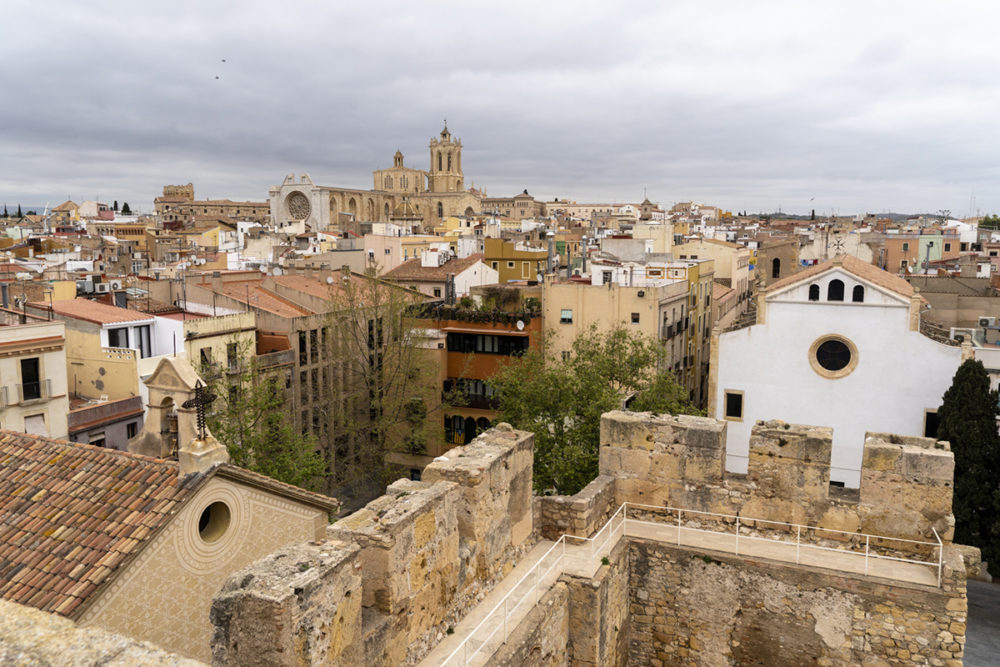
View over the city of Tarragona (Photo: Paul Stafford for TravelMag.com)
When the Romans arrived in Tarragona, they founded a city that you might expect to look something more like Barcelona, rather than this smaller city of 140,000 people you see today. However, at only 100km distant from Barcelona, Tarragona makes for a perfect addition to any Catalonia travel itinerary. Many Roman ruins are still viewable, including a chariot racetrack and a seaside amphitheatre where gladiatorial games took place. It’s certainly of little surprise to discover that Tarragona is now a UNESCO World Heritage Site.
But it’s not all ancient ruins and history lessons in Tarragona. The city is notable for its pleasant beaches, regional gastronomic delights, fascinating festivals and its huge amusement parks. The Part Alta hosts the main collection of interest, although there’s a port and plenty of thrills to be had in the surrounding mountainous countryside, too. Here are 10 unique ways to experience the city and its surroundings, on land, air and sea.
Step back into the Roman era
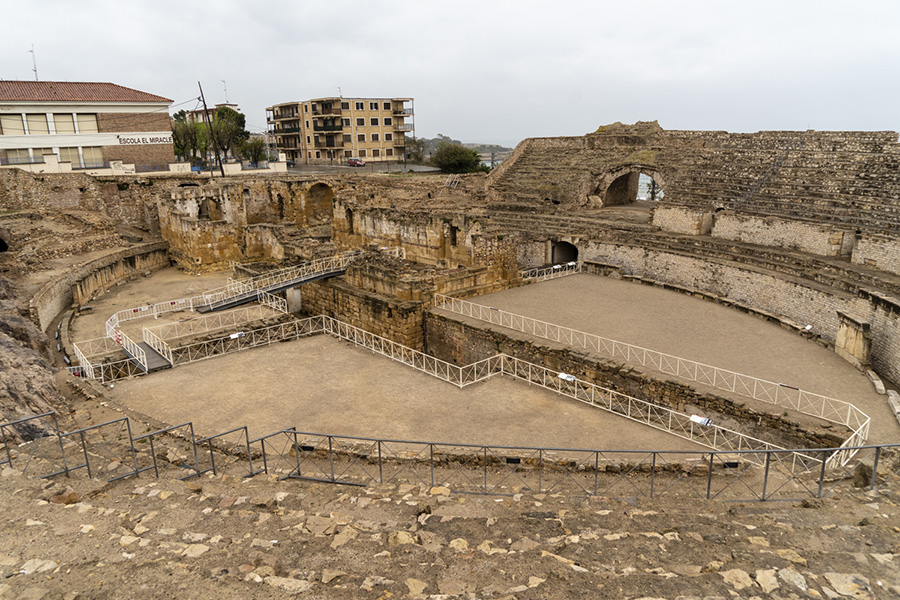
Tarragona’s Roman Amphitheatre (Photo: Paul Stafford for TravelMag.com)
Tarragona’s significance as an important Roman commerce hub quickly becomes apparent on arrival in the old town, known as Part Alta. The Roman Amphitheatre (Parc de l’amfiteatre) overlooks the Mediterranean, dotted with oil tankers heading to the port, while the Forum’s (Carrer de Lleida) columns and the Roman Wall (Via del Imperio Roma, 13B) are still suggestive of how the city may once have looked. And if you listen closely in the Circ Roma (Rambla Vella, 2), you can practically hear the chariots thundering round the track. All-told, there are four Roman sites open to the public within the city, all covered by one combination ticket. If you’re short on time, you can pay a lower, single-entry fee to enter individual sites.
All sites: Tue-Sat, opening times vary during the year
Discover the sights you might otherwise miss with a local guide
To take a deeper dive into the old town of Tarragona, in order to uncover more of the Roman footprint for the city you see today, you might need the help of a knowledgeable local. With your guide, you’ll get a better sense of the real size of Roman Tarragona (known as Tarraco), as well as being able to make an exclusive visit to the courtyards of some of the chic mansions that now line the streets around the cathedral. This is a great walking tour for first-time visitors to Tarragona and can be booked through Viator here.
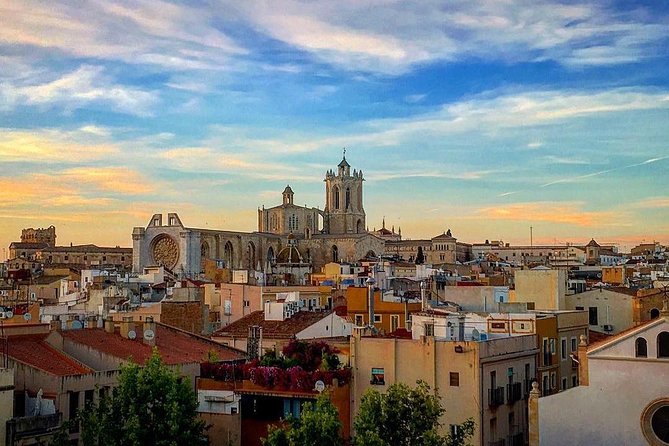
Explore the hidden nooks of Tarragona (Photo: Viator.com)
Connect with Tarragona’s Maritime History at the port
The Romans valued Tarragona’s stretch of coastline, which in turn led to the city’s rapid ascent as a trade centre and point of entry. The Museu del Port de Tarragona (Moll de la Costa) looks at the port’s central role in city life through the decades, from old empires to the present oil industry. And a visit to Tarragona demands a little fresh seafood. Just to the west of the museum, a number of excellent seafood restaurants overlook the Mediterranean, such as L’Ancora (C. de Trafalgar, 21), a family-run spot that has been slinging fresh catches for decades, with an extensive menu of over 100 dishes. Highlights include the baby squid casserole and the Catalonian paella.
Port Museum: Tue-Sat, opening times vary during the year
Restaurant L’Ancora: daily 1pm-1am
Learn about how early Christians dealt with death
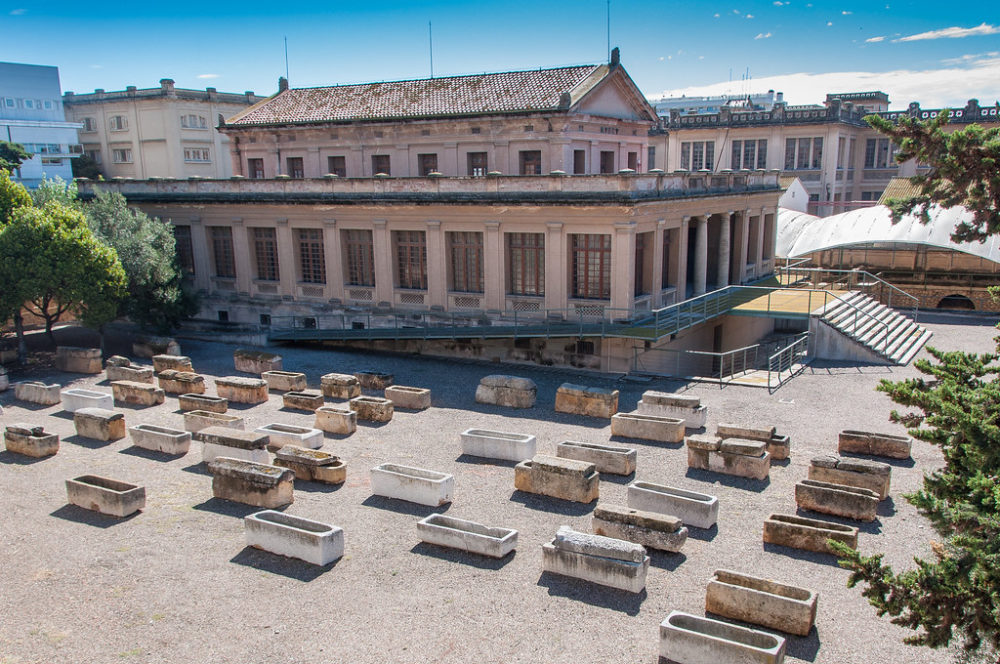
Tarragona Necropolis (Photo: Ferryfb via Flickr / CC BY-SA 2.0)
Another major UNESCO site in Tarragona rarely sees visitors in the numbers you’d ordinarily encounter around the Roman Ruins. That’s because it’s located on the southern edge of the city. But the paleo-Christian Necropolis of Tarragona (Av. de Ramón y Cajal, 84) offers a fascinating insight into the period of human history where burial traditions from the Roman era were replaced by those of Christianity. The attached museum explores these changes, particularly the evolution of the death ritual between the 2nd and 5th centuries.
Tue-Sat, opening times vary during the year
Take some time out at Miracle Beach
Catalonia is blessed with golden sand beaches up and down the Costa Daurada, and the major urban areas are no exception. The beaches of Tarragona are unusual in that they are juxtaposed with the city’s major oil refinery to the south, but no less lovely for it. The main stretch of sand, Platja del Miracle (Miracle Beach), is hemmed in by the sea on one side and the train station and railway lines on the other. More secluded beaches stretch along the coast north of Tarragona, including Platja Larga, and the secluded Cala Fonda, fringed with pine forest.
Throw yourself out of a plane over the Mussara Mountains
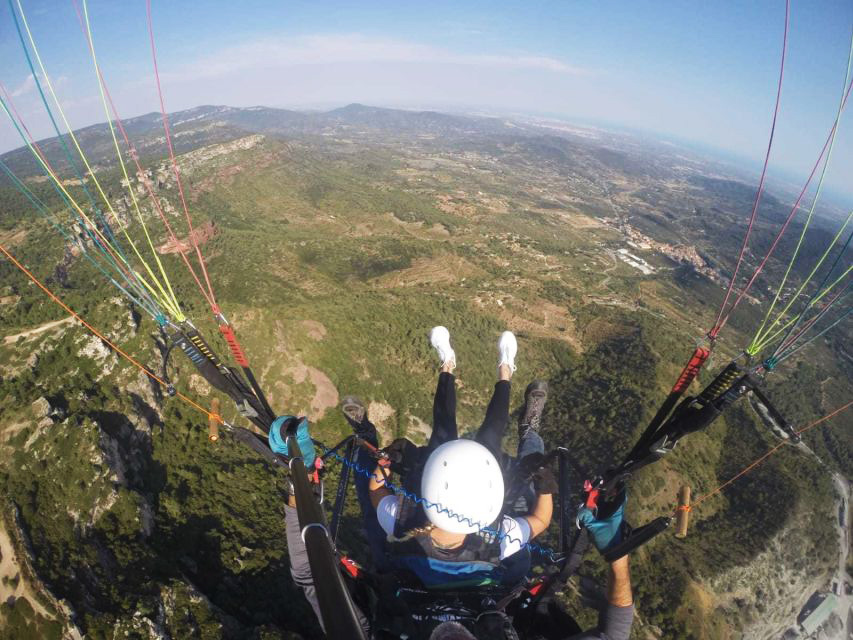
Paragliding over the Mussara Mountains (Photo: Getyourguide.com)
Inland from Tarragona, the land becomes more vertical, greener, forested. Hamlets and farms replace the urban sprawl, and the land undulates away towards the interior of the Iberian Peninsula. The best views are from the air, particularly if your view is unencumbered by a plane’s fuselage. This thrilling guided paragliding trip over the Mussara Mountains includes a jump from 1km up in the air, easing back down to earth slowly, while taking in the beautiful scenery. All transportation and training are included in the price.
Discover the best local wines in the nearby Priorat region
Also making excellent use of the better irrigation and cooler mountain temperatures of the Mussara Mountains are numerous vintners. The Priorat DOQ, as this Tarragona-adjacent wine region is known, produces a number of intensely flavoured red wines, primarily using Grenache and Cariñena grapes. Viator run a great all-round day-trip of the wine region, including wine tastings at a number of stops in the region, plus a lunch with a tasting of locally produced olive oil. Tours run roughly five times a week throughout the year, although operating days vary from week-to-week.
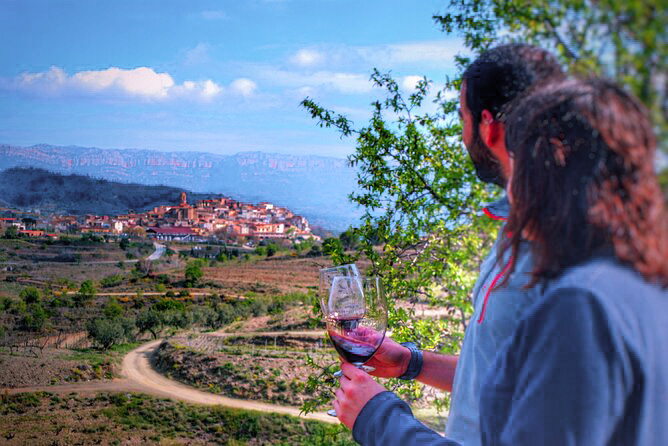
Wine tour of the Priorat region (Photo: Viator.com)
Dine out in the Part Alta
Part Alta is Tarragona’s old town and medieval quarter, and it is the beating heart of the city’s culinary scene. Eat out at the terrace bars and restaurants lining the streets, where you can find some of Catalonia’s signature dishes. Highlights include fideuà, a seafood dish not unlike paella, using a small noodle-like piece of pasta instead of rice. Tarragona is also known for the much revered calçots, a uniquely Catalan dish made up of grilled scallion onions dipped in romesco sauce, although it’s usually only available in-season from February to April. As with elsewhere in Spain, it’s traditional for locals to bar hop around town, tasting different tapas dishes, along with wine and vermouth, on the way.
Experience Tarragona’s festival spirit
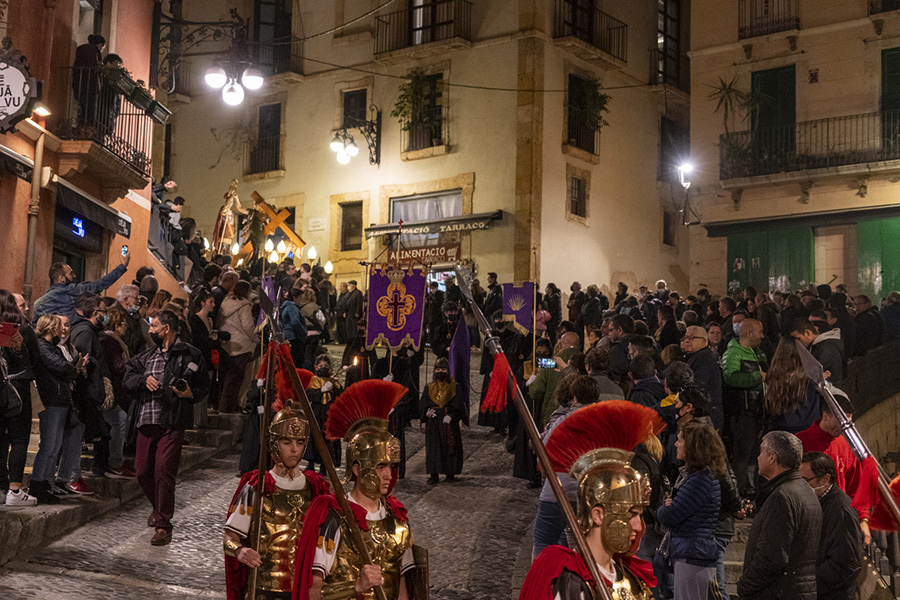
A Roman procession during Easter Week (Photo: Paul Stafford for TravelMag.com)
If you’re lucky enough to be visiting Tarragona during a festival, you’re likely to find the city in an upbeat mood. Tarragona Carnival (late Feb/early Mar), Easter Week (Mar/Apr) and the Summer Tarragona Culture Festival (mid-Jun to early Oct) are the main multi-day events. At the end of the latter, you can watch the infamous Castellers, or human towers, which are unique to Catalonia. Human castles are built by teams of people standing on one another’s shoulders, creating a thick base of humans, followed by smaller tiers above, with lighter and smaller participants climbing each human layer to reach the top. Inscribed on UNESCO’s Intangible Cultural Heritage of Humanity list, these thoroughly entertaining spectacles were first documented in Valls, near Tarragona, in 1712.
Stroll along the Rambla Nova at sunset
Not one to be outdone by Barcelona, Tarragona has two ramblas (broad pedestrian streets in Catalonia). While the older Rambla Vella is now commandeered by vehicles, the much wider and newer Rambla Nova is a delightful, two-kilometre (1.25-mile) tree-lined pedestrian stretch, interspersed with fountains, sculptures and white benches. It’s a great place for a picnic or for taking a leisurely stroll of an evening, when you can encounter local people making the same peregrination. At the seaward end is Tarragona’s Balcó del Mediterrani, overlooking the Mediterranean. Some locals believe that touching the railing here will bring you good luck. For early birds, it’s the best place to watch the sunrise in Tarragona.